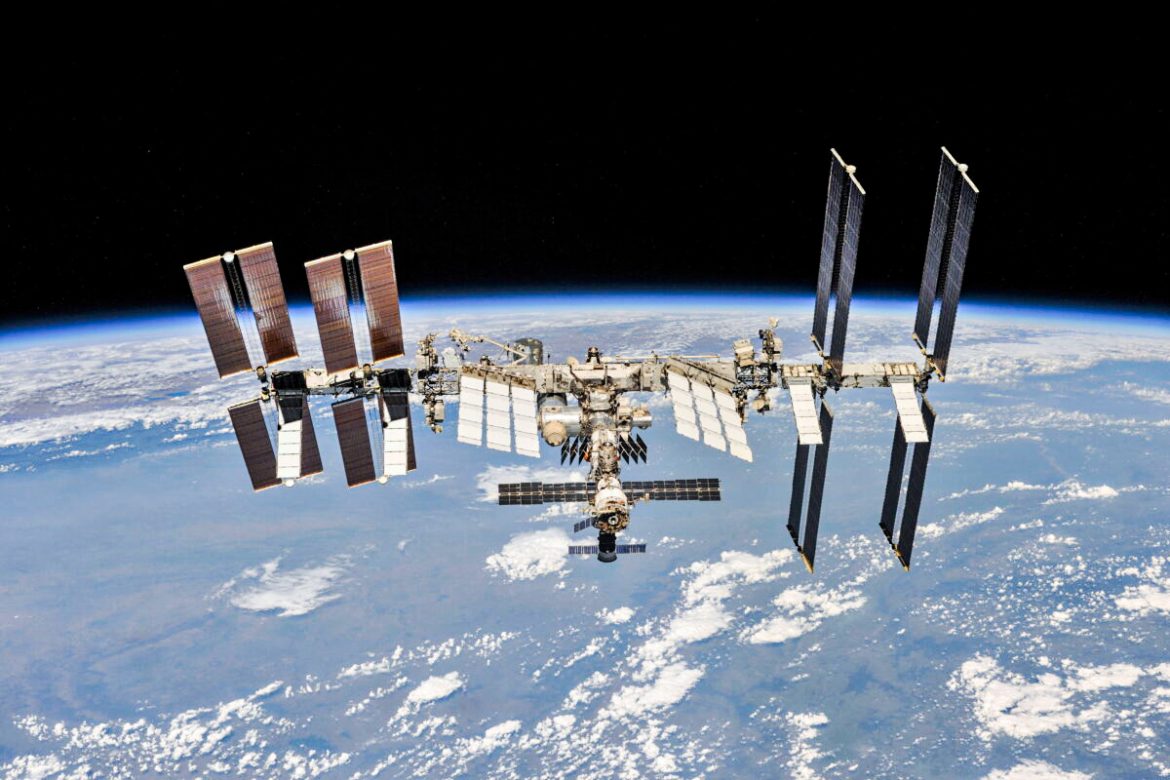The National Aeronautics and Space Administration, NASA has announced the cancellation of its planned satellite that was going to intensely monitor greenhouse gases over the Americas because it got too costly and complicated.
The space agency however said that it will still be watching human-caused carbon pollution but in different ways.
On Tuesday, NASA announced that its GeoCarb mission, which was supposed to be a low-cost satellite to monitor carbon dioxide, methane and how plant life changes over North and South America, was being killed because of cost overruns.
According to NASA Earth Sciences Director Karen St. Germain, It was supposed to cost $166 million When it was announced six years ago but the latest NASA figures show costs would balloon to more than $600 million and it was years late.
Unlike other satellites that monitor greenhouse gases from low Earth orbit and get different parts of the globe in a big picture, GeoCarb was supposed to be at a much higher altitude of 22,236 miles (35,786 kilometres) from one fixed place in orbit and focus intently on North and South America.
Read also: Nine countries to participate in first nature, people climate platform
St. Germain said that the equipment alone has more than doubled in price and then there were non-technical issues that would have added more. The agency has already spent $170 million on the now-cancelled program and won’t spend any more.
“This doesn’t reflect any reduction in our commitment to the science, the observations associated with greenhouse gases and climate change,” St. Germain said in an interview Tuesday. “We’re still committed to doing that science. But we’re going to have to do it a different way because we don’t see this instrument coming together.”
St. Germain explained that monitoring greenhouse gases, the main cause of global warming, is important on many levels as it can help spot leaks, say of methane, or hold to account companies and countries that have pledged to reduce emissions.
Beyond governments, many private companies now do satellite monitoring of greenhouse gases.
Story was adapted from AP.
